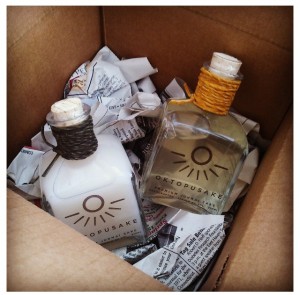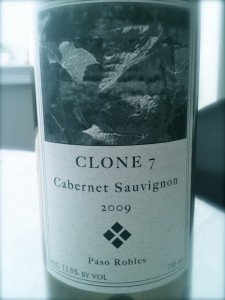The nightcaps we posted are good all year long
With any of these you will never go wrong
In case you missed one we’ve reposted them here
With one afterword, coming sometime next year…
 Epilogue: Oktopusake Premium Junmai Sake, Connecticut
Epilogue: Oktopusake Premium Junmai Sake, Connecticut
On the rare occasions I’m not drinking wine with sushi, I opt for sake instead. Sake is a perfect pairing with sushi and, since it is a rice wine, I can still call it research. I was very excited to learn that there is a local company working on perfecting their own sake. Oktopusake will soon be offering three varieties of their premium junmai sake to Connecticut consumers: Sun – a traditional dry sake; Moon – an unfiltered version (think milky white and slightly sweet); and Stars – a specialty reserve sake that will be as black as squid ink because it will be tinted with, well…squid ink! We will keep you posted on Oktopusake’s progress and are very much looking forward to seeing this new local product in Connecticut stores and restaurants in 2014.
Re(night)cap: One of the questions I encounter the most as a wine educator is “What’s your favorite wine?” I confess, it’s a question I’ve come to dread because I always feel like I’m disappointing the inquisitor. My answer usually goes something like this: “I don’t really have a favorite. It depends on the day, the time of year, the company in which I find myself, and any gustatory delights with which I may be pairing the wine.” If really pushed, I’ll tell them that I am a Champagne girl. This seems to provide them with a little more satisfaction. But the truth is my favorite wine changes on a monthly, weekly and even daily basis. And I am always waiting to find my next favorite wine. The beauty of the wine world is that there is always more to explore. So, here I will present a list of my 12 favorite wines right now for drinking and gifting during the holidays, one day at a time for the next 12 days.
A Votre Santé!
For the full list of 12 nightcaps, click here: Nightcap Recap

